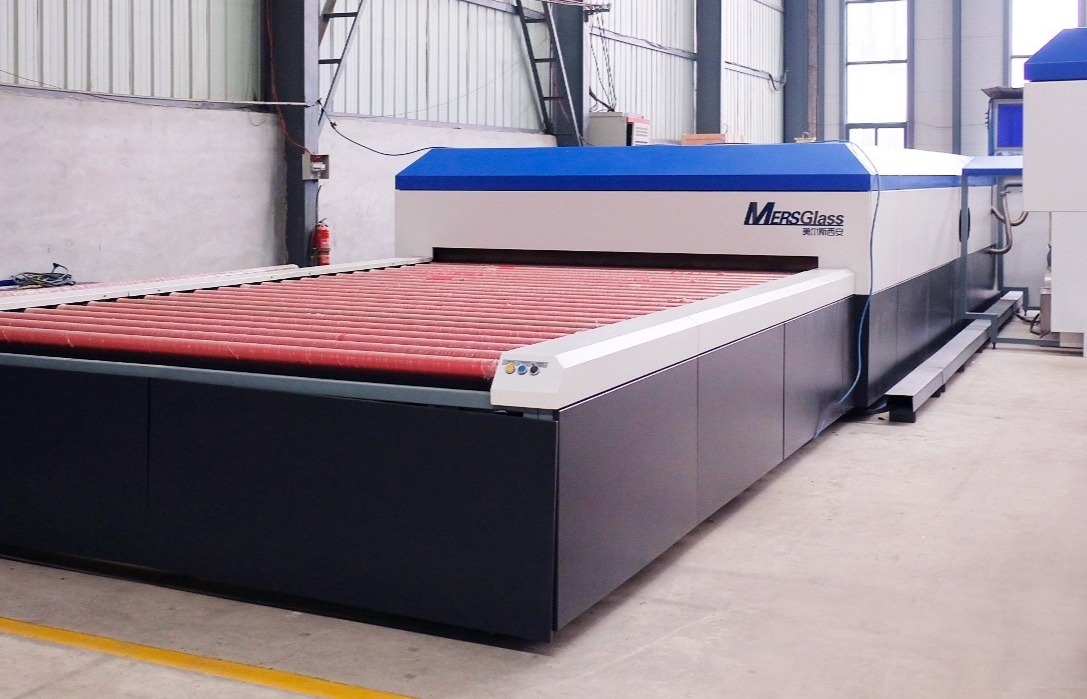
# Glass Lamination Machine: The Ultimate Guide
## What is a Glass Lamination Machine?
A glass lamination machine is a specialized piece of equipment designed to bond multiple layers of glass with interlayers (typically PVB or EVA) to create laminated glass. This process enhances the safety, security, and performance characteristics of glass products used in various industries.
## How Does a Glass Lamination Machine Work?
The glass lamination process involves several key steps:
1. Cleaning and preparation of glass surfaces
2. Placement of interlayer material between glass sheets
3. Initial bonding through heat and pressure
4. Final autoclaving process to complete the lamination
Modern machines automate most of these processes, ensuring consistent quality and efficiency.
## Types of Glass Lamination Machines
### 1. Autoclave Lamination Systems
These are the most common type, using high pressure and temperature to create perfect bonds between glass layers. They typically include:
– Loading and unloading systems
– Temperature control units
– Pressure chambers
– Cooling stations
### 2. Non-autoclave Lamination Machines
These systems use alternative methods like vacuum bagging or oven processing to achieve lamination without traditional autoclaves. They’re often used for:
– Smaller production runs
– Specialized glass applications
Keyword: glass laminationn machine
– Prototype development
## Key Features of Modern Glass Lamination Machines
– Automated control systems with digital interfaces
– Precision temperature and pressure regulation
– Energy-efficient designs
– Safety interlocks and monitoring systems
– Modular configurations for different production needs
## Applications of Laminated Glass
Glass produced by lamination machines finds use in:
– Architectural glazing (skylights, facades, balustrades)
– Automotive industry (windshields, side windows)
– Security applications (bullet-resistant glass)
– Soundproofing solutions
– UV protection installations
## Choosing the Right Glass Lamination Machine
When selecting equipment, consider:
– Production capacity requirements
– Types of interlayers you’ll be using
– Available factory space
– Energy consumption
– After-sales support and maintenance needs
## Maintenance Tips for Longevity
To ensure optimal performance:
– Follow manufacturer’s maintenance schedules
– Keep all components clean
– Regularly calibrate temperature and pressure sensors
– Train operators on proper usage
– Maintain proper records of all maintenance activities
## The Future of Glass Lamination Technology
Emerging trends include:
– AI-powered quality control systems
– More energy-efficient designs
– Integration with Industry 4.0 smart factories
– Development of new interlayer materials
– Faster processing times without compromising quality
Investing in a high-quality glass lamination machine can significantly enhance your production capabilities while ensuring the highest quality standards for your laminated glass products.